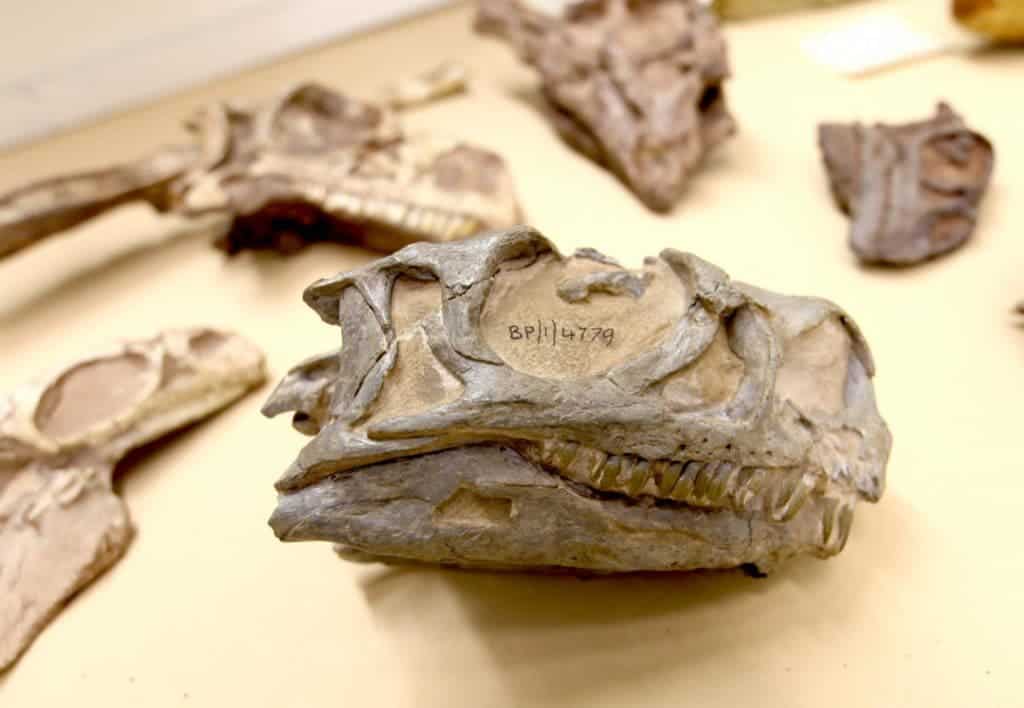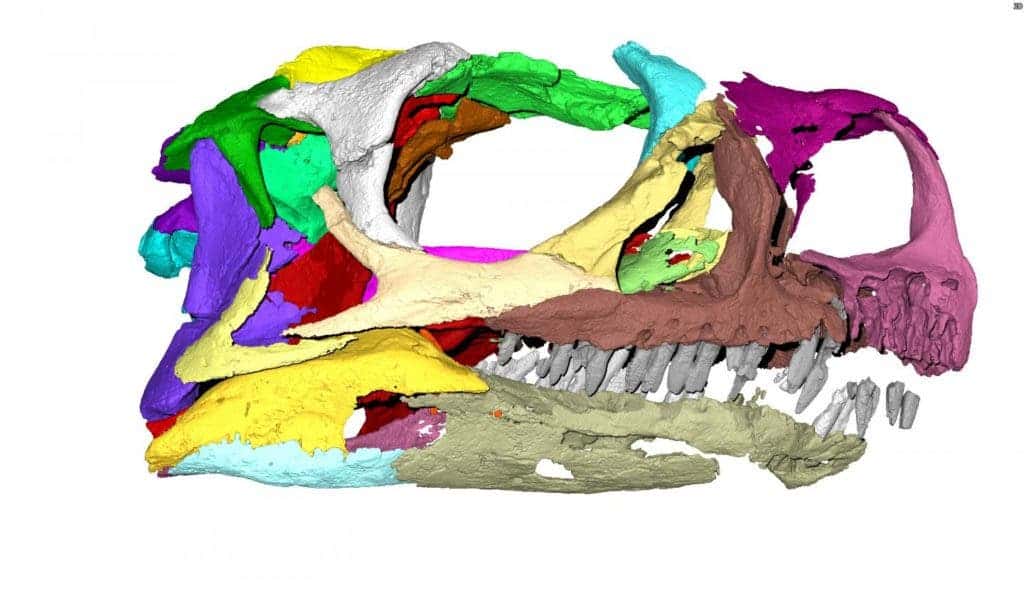It seems you always find things where you least expect them. This was especially so at the University of Witwatersrand in Johannesburg, where researchers found an entirely new genus of dinosaur…in their own museum.

Researchers from the museum, along with a team from London’s Natural History Museum, found that fossils in their collection which they had previously identified as a Massospondylus — a dinosaur from the Early Jurassic period — was actually something entirely different. The specimen has now been named Ngwevu intloko which means “grey skull” in the Xhosa language, chosen to honor South Africa’s heritage.
“This is a new dinosaur that has been hiding in plain sight,” said Paul Barrett, a dinosaur researcher at the Natural History Museum. “The specimen has been in the collections in Johannesburg for about 30 years, and lots of other scientists have already looked at it. But they all thought that it was simply an odd example of Massospondylus.”
Barrett, along with Ph.D. student Kimberley Chapelle, confirmed that the new dinosaur was not the one previously thought to be by comparing the specimen with other Massopondylus fossils.
Massospondylus was one of the first dinosaurs to reign at the beginning of the Jurassic period. Commonly found throughout southern Africa, these animals were part of a group termed the sauropodomorphs and ultimately gave rise to the sauropods, a group containing the Natural History Museum’s infamous dinosaur cast Dippy.
Scientists are now beginning to look closer at many of the supposed Massospondylus specimens, assuming there to be much more variation than first thought.
“In order to be certain that a fossil belongs to a new species, it is crucial to rule out the possibility that it is a younger or older version of an already existing species,” said Chapelle. “This is a difficult task to accomplish with fossils because it is rare to have a complete age series of fossils from a single species. Luckily, the most common South African dinosaur Massospondylus has specimens ranging from embryo to adult! Based on this, we were able to rule out age as a possible explanation for the differences we observed in the specimen now named Ngwevu intloko.”

The new dino would have measured approximately 10 feet (0.305 meters), and would have a diet consisting of plants and small animals. It is thought that it had a chunky body along with a long slender neck and a small, boxy head. The discovery will give a better understanding of the evolution from the Triassic to Jurassic periods, suggesting a more complex ecosystem than previously thought.
“This new species is interesting because we thought previously that there was really only one type of sauropodomorph living in South Africa at this time,” says Barrett. “We now know there were actually six or seven of these dinosaurs in this area, as well as variety of other dinosaurs from less common groups. It means that their ecology was much more complex than we used to think. Some of these other sauropodomorphs were like Massospondylus, but a few were close to the origins of true sauropods, if not true sauropods themselves.”
The research has been published in the scientific journal PeerJ.









